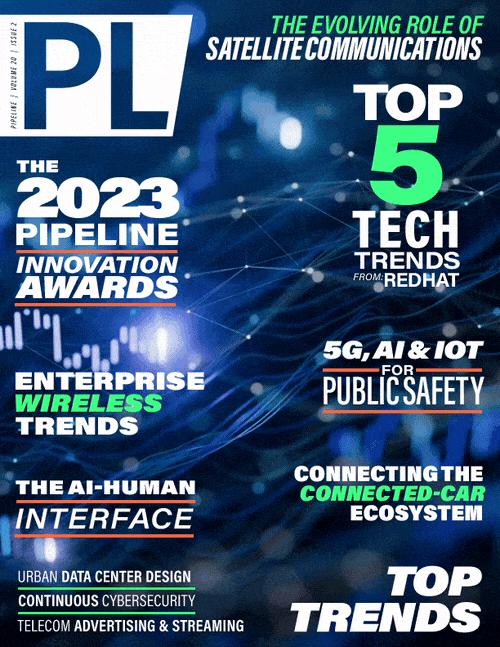Connecting the Connected Car Ecosystem:
A Roadmap to Data-Driven Innovation
By: Sumit Chahaun
.jpg)
The automobile industry is at the cusp of a major transformation, one that is likely to change the way we use our vehicles. Central to this transformation is the rise and evolution of connected vehicles. These vehicles, equipped with an array of sensors, connectivity features, and data-driven technologies, have ushered in a new era of mobility. The opportunities within the connected vehicle ecosystem are vast, encompassing a multitude of stakeholders and leaving an impact across verticals. Join us as we explore the multifaceted landscape of connected vehicles, emphasizing the potential for data-driven innovation, and the role of electric vehicles (EVs) in shaping the future of mobility.
The Connected Vehicle Landscape
Connected vehicles represent a convergence of automotive engineering, data science, and digital connectivity. These smart vehicles come embedded with a variety of sensors such as cameras, LiDAR, radar, dashcams, ADAS, and ultrasonic sensors, giving them the ability to “perceive” their environment in a manner akin to the human senses. Sensory data, collected directly from within the vehicle, forms the basis of the vehicle's ability to navigate, make decisions, and communicate with the rest of the world in real time. Moreover, the treasure trove of data collected may, upon further analysis, yield valuable insights about vehicle performance and user behavior.
Similar to smart devices at our home, such as smart TVs and appliances, connected vehicles also offer connectivity, data, and service opportunities, with a unique set of advantages targeted at the user’s driving experience.
Driving Innovation with Connectivity: Connectivity is the lifeblood of the connected vehicle ecosystem, enabling real-time communication between vehicles and stakeholders. Connected vehicle data drives the innovation necessary to leverage this connectivity, offering benefits such as over-the-air updates and dynamic maintenance. For electric vehicles, it facilitates communication with charging stations, optimizing battery management for sustainability.
Sensor Integration: Connected vehicles incorporate a multitude of sensors that generate valuable data for safety, navigation, and user experience. This data can be used to fine-tune performance, such as braking systems, mileage or fuel efficiency, and battery health, and also provides real-time malfunction and safety alerts.
Data – The Heart of Innovation: The collection and transmission of data is the cornerstone of the connected vehicle revolution, offering insights for automakers, insurance companies, smart cities, and researchers. In the realm of electric vehicles, data analytics refines battery technology and charging infrastructure, promotes usage-based insurance, and enhances risk assessment.
Improved User-Centric Services: Connected vehicles enhance the driving experience by offering an array of functions and services that benefit people in their daily lives. These services range from ease of managing a vast fleet of vehicles, more affordable auto insurance, effortless EV charging, predictive maintenance to identify and rectify vehicle faults beforehand, as well as quick roadside assistance for enhanced ease and comfort. Connected features like infotainment, navigation, and personalized content add to the enjoyment of the drive, while electric vehicle owners get to access tools to locate charging stations, plan routes with charging stops, and remotely control charging and climate settings. Additionally, the connected vehicle ecosystem enables electric utilities to provide adaptable charging solutions that align with grid demand, reducing costs and optimizing energy usage.
Connected Vehicle Technology and Electric Vehicles
Connected vehicle technology is playing a pivotal role in accelerating the adoption of electric vehicles, both by addressing key challenges and by enhancing the overall user experience. One of the fundamental ways in which it achieves this is by strengthening the charging ecosystem. Through real-time connectivity, connected vehicles can enable users to access comprehensive data on charging station locations, availability, and pricing, empowering them to make informed decisions about when and where to charge their EVs. This not only reduces range anxiety but also ensures that the charging infrastructure is more accessible and user-friendly. Furthermore, connected vehicle data can help fleet managers optimize charging schedules, allowing drivers to take advantage of off-peak electricity rates, thereby lowering overall costs. These advancements, fueled by data-driven innovation, create a much more seamless and cost-effective transition to electric mobility, ultimately encouraging a broader user base to embrace the benefits and ease of EVs while contributing to a sustainable future.
Energy Efficiency: EVs are inherently more energy-efficient and environmentally friendly than their gasoline or diesel counterparts. They produce zero tailpipe emissions and have the potential to reduce the carbon footprint of the transportation sector. Data-driven innovation in EVs can further enhance their sustainability by optimizing battery usage, energy recuperation, and charging patterns.



















